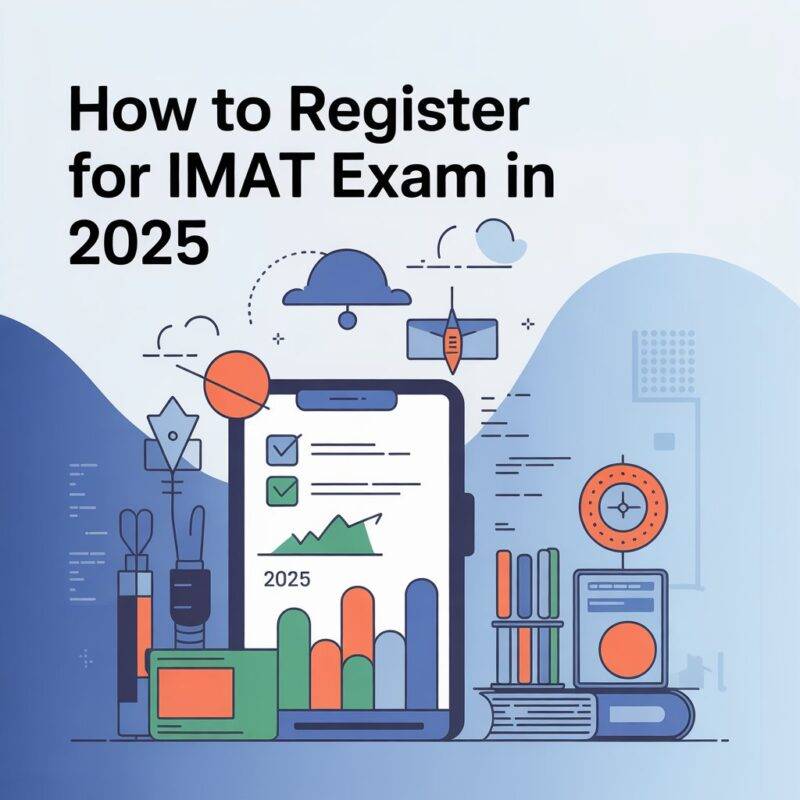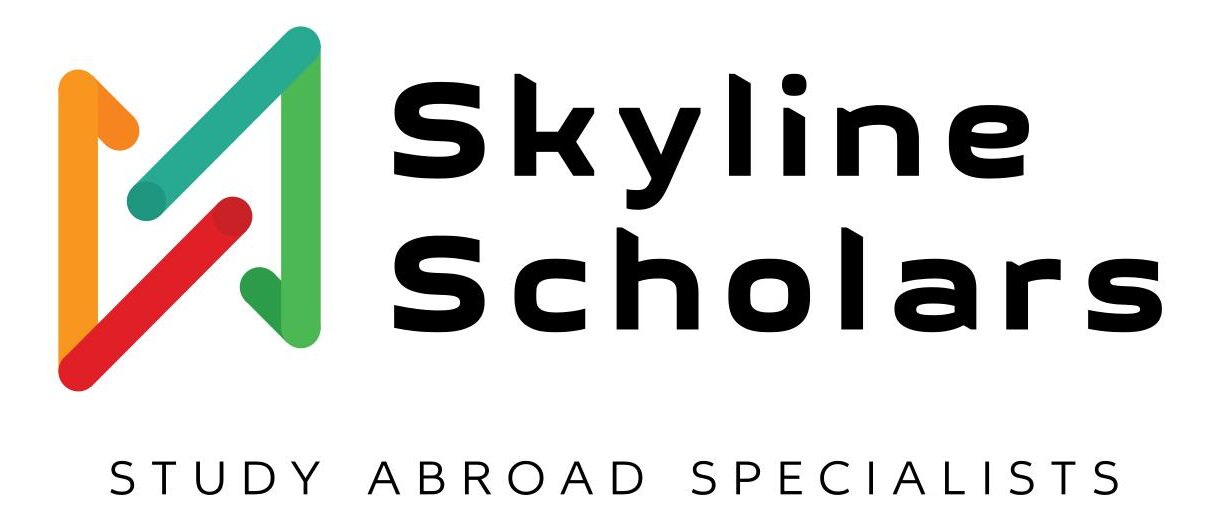25+
Programs Available
₹35–60 Lakh / year
Average Income
60,000+
Italian Vacant Jobs
12 Months
Stay Back Visa
1,000+
Women, girls & individuals uplifted

IMAT Exam: Eligibility, Fees & Important Deadlines
The IMAT (International Medical Admissions Test) is the official entrance exam for English-taught Medicine, Dentistry, and Veterinary programs in Italy’s public universities. Open to both EU and non-EU students, eligibility requires 12 years of schooling with Biology, Chemistry, and Physics/Maths. While EU candidates need a minimum of 20 marks to qualify, non-EU students can secure admission with any positive score. Conducted annually in September, applications open around June–July via the Universitaly portal, and results are released within weeks.
With a registration fee of ₹11,700 – ₹14,900 and tuition fees ranging from ₹45,000 – ₹4,50,000 per year, IMAT is one of the most affordable pathways to a globally recognized medical degree. Over 25 Italian universities offer these programs, supported by scholarships and regional grants. For students aiming to study medicine abroad, IMAT combines affordability, quality education, and international career opportunities in one strong package.
Who Can Apply for IMAT?
The IMAT exam is open to both EU and non-EU students who wish to pursue Medicine, Dentistry, or Veterinary Medicine in English at Italian public universities. To apply, candidates must have completed at least 12 years of schooling (equivalent to high school) with Biology, Chemistry, and Physics/Maths as core subjects. Students in their final year of school can also register, provided they receive their certificate before admission.
EU candidates must score a minimum of 20 marks to qualify, while non-EU students can secure a seat with any positive score. Since IMAT is conducted in English, strong language skills are essential, but IELTS/TOEFL is not mandatory if prior education was in English. With affordable tuition, global recognition, and a transparent admission process, IMAT gives deserving students from all backgrounds the opportunity to study medicine in Europe.
IMAT Exam Syllabus and Pattern
The IMAT exam is structured into five key sections, each crafted to evaluate a student’s reasoning ability as well as their scientific knowledge. The syllabus is carefully designed to test logical thinking along with core subjects. Below is the section-wise distribution:
| Section | No. of Questions | Key Topics Covered |
|---|---|---|
| General Knowledge | 4 | Current affairs, culture, history |
| Logical Reasoning | 5 | Problem-solving, critical thinking |
| Biology | 23 | Cell biology, genetics, physiology, anatomy, ecosystems |
| Chemistry | 15 | Atomic structure, bonding, reactions, organic & inorganic chemistry |
| Physics & Mathematics | 13 | Mechanics, electricity, algebra, geometry, statistics |
| Total | 60 Questions | 100 minutes (1 hr 40 min) |
Scoring System:
Correct Answer: +1.5 points
Wrong Answer: –0.4 points
Unanswered: 0 points
Maximum Score: 90 marks
Minimum Requirement: EU students need 20 marks, non-EU students qualify with any positive score
IMAT Exam Dates and Deadlines 2025
The IMAT 2025 timeline may vary slightly each year, but the schedule below reflects the most recent registration notice.
| Event | Expected Date | What to Know |
|---|---|---|
| Official Notice | May 2025 | MIUR publishes exam rules, guidelines & seat availability |
| Registration (Portal) | June – July 2025 | Apply online via Universitaly portal |
| Fee Payment | June – July 2025 | Pay ₹11,700–₹14,900 during registration |
| Exam Date | September 2025 (2nd week) | IMAT held worldwide at authorized test centers |
| Results | Sept – Oct 2025 | Scores released on Universitaly / MIUR official websites |
| Rankings & Admissions | October 2025 onwards | Seat allocation via EU & Non-EU national ranking lists |
IMAT Registration Process and Fees
Registering for the IMAT entrance exam is straightforward, but accuracy is crucial—any mistakes or missed deadlines can lead to disqualification. International applicants must complete their registration exclusively through the official Universitaly portal, ensuring all details and documents are submitted correctly within the given timeline.
Here is the step-by-step IMAT exam registration:
Visit the official Universitaly portal www.universitaly.it.
Create a personal account with valid details.
Fill in the IMAT application form carefully.
Select your preferred universities and program choices.
Upload required documents (as per portal instructions).
Pay the registration fee ₹11,700–₹14,900 online.
Submit the application and save the confirmation receipt.
Regularly check Universitaly for updates on exam centers and deadlines.
Top Italian Universities Accepting IMAT Scores
The IMAT exam serves as the gateway to some of the most prestigious public universities in Italy that offer English-taught Medicine, Dentistry, and Veterinary Medicine programs. These universities are globally recognized, affordable, and provide EU-recognized degrees, making them a top choice for international students.
University of Milan – Known for its high academic standards and research-driven medical programs.
Sapienza University of Rome – One of Europe’s oldest universities with a strong global ranking in Medicine.
University of Bologna – The world’s oldest university offering modern, English-taught medical courses.
University of Pavia – Popular among international students for its multicultural environment and strong medical faculty.
University of Turin – Offers innovative medical programs and state-of-the-art research facilities.
University of Naples Federico II – A well-regarded medical school with affordable tuition fees.
University of Padua – Ranked among the top for research and academic excellence in Medicine.
University of Messina – Attracts many non-EU students with its globally recognized degrees.
University of Siena – Offers English-taught Dentistry programs under IMAT.
How to Prepare for the IMAT Exam?
Preparing for the IMAT exam requires the right balance of subject knowledge, logical reasoning skills, and time management. Since IMAT is highly competitive, having a clear study plan and access to reliable resources can make all the difference.
Understand the Syllabus & Pattern
The first step is to familiarize yourself with the IMAT syllabus and exam structure. The test consists of 60 questions in 100 minutes, covering Biology, Chemistry, Physics, Mathematics, General Knowledge, and Logical Reasoning. Knowing the weightage of each section helps in prioritizing study time effectively.
Strengthen Core Science Subjects
Focus on mastering Biology and Chemistry, as they carry the highest number of questions. Revise key topics like cell biology, genetics, physiology, organic and inorganic chemistry, and practice problem-solving in Physics and Mathematics.
Practice Logical Reasoning & GK
The IMAT doesn’t just test science—it also evaluates analytical skills and general awareness. Solve past logical reasoning questions, puzzles, and stay updated with current affairs, history, and culture.
Work on Time Management
With only 100 minutes for 60 questions, speed and accuracy are crucial. Regularly attempt mock tests and timed practice papers to simulate exam conditions and build confidence.
Use Reliable Resources
Refer to official IMAT past papers, Cambridge resources, and trusted prep books. Many students also benefit from online courses, video lectures, and peer study groups to clarify concepts.
Stay Consistent & Positive
IMAT preparation is a marathon, not a sprint. Create a daily study schedule, track progress, and stay consistent. Along with academics, maintain a healthy routine with proper sleep, diet, and breaks to ensure peak performance on exam day.
IMAT Exam Preparation Tips:
Understand the complete IMAT syllabus and exam pattern before starting preparation.
Focus more on Biology and Chemistry as they carry maximum weightage.
Revise Physics and Mathematics basics to strengthen problem-solving ability.
Practice logical reasoning questions regularly to improve critical thinking.
Stay updated with current affairs, history, and culture for General Knowledge.
Solve past IMAT papers to get familiar with question style and difficulty.
Attempt mock tests under timed conditions to build speed and accuracy.

